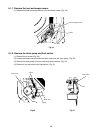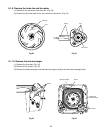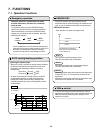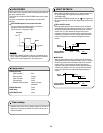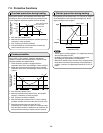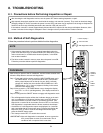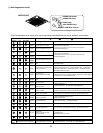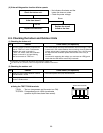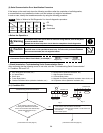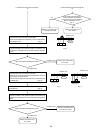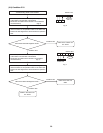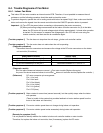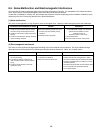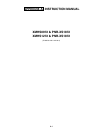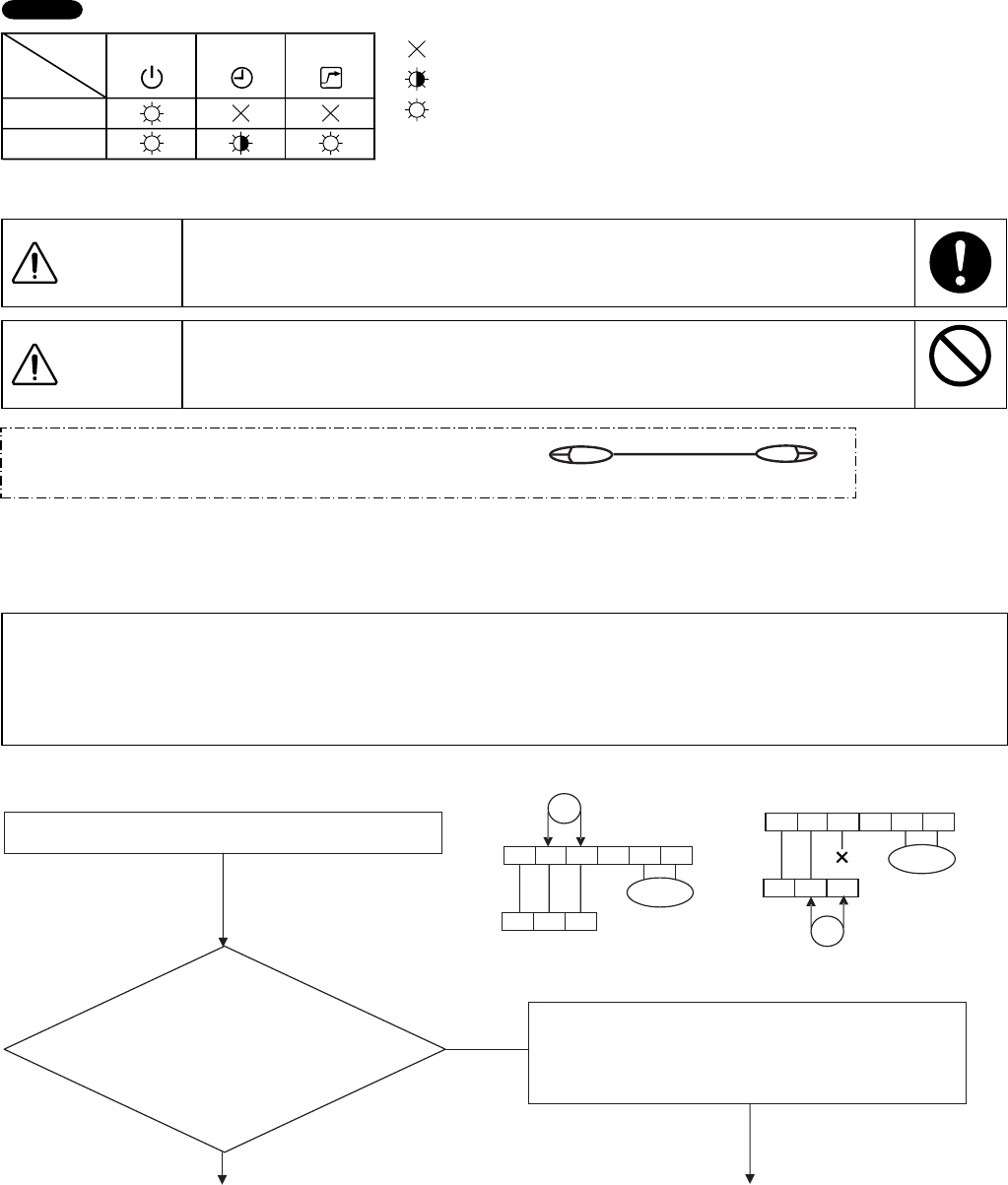
(3) Serial Communication Error Identification Procedure
Refer to "Method of Self-Diagnostics" for the self-diagnostics procedure.
(3-1) Condition: E01
< Before the Operation >
If the lamps on the main body show the following conditions after the completion of self-diagnostics,
a communication error between the indoor unit and outdoor unit might be considered.
In such a case, identify the breakdown section by using the following procedure.
Troubleshooting Serial Communication
Is the voltage of about DC12V
or more given between the terminals
2 and 3 on the outdoor unit terminal strip
(Serial Communication Line) ?
(Fig. 1)
No
Yes
1. Turn OFF the power and wait until the power lamp (LED)
of the outdoor unit controller is turned OFF.
2. Disconnect the cable from the terminal 3 on the indoor unit
terminal strip. (Fig. 2)
3. Turn ON the power.
< Convenient Tool for Short-Circuit Work ( for example ) >
Alligator Clip
Alligator Clip
Cable
A
( Continued to the next page A. )
B
( Continued to the next page B. )
Fig. 1
Outdoor Unit
Power
1 2 43 5 6
1 2 3
V
+-
Indoor Unit
Outdoor Unit
1 2 43 5 6
1 2 3
V
+
-
Power
Indoor Unit
Fig. 2
NOTE
Lamp TimerOperation
:Off
: Blinking
Condition
: Illuminated
E01
E12
High Power
< Check Items before Troubleshooting Serial Communication Start >
After confirming that the following errors do not exist, start the "Troubleshooting Serial Communication"
in "Condition: E01 and E12".
1. Mis -wiring (inter-unit cable, etc.)
2. AC power failure
3. Blown fuse
4. Power Relay failure
5. Outdoor Fan Motor failure (defective insulation, etc.)
6. Reactor failure (defective insulation, etc.)
7. High-Pressure Switch failure
8. Overload Relay failure
9. Magnetic Coil failure (defective insulation, short-circuit, etc.)
10. Compressor failure (defective insulation, etc.)
For terminal strip short circuit work or inter-unit wiring removal, turn off the power
to avoid an electric shock.
Release the terminal strip short circuit after the completion of self-diagnostics.
Warning
Do not perform the short-circuit work between any other terminals except for
specified ones on the specified terminal strip. If such work is performed between
the incorrect terminals, the unit might be broken.
Caution
Prohibit
34



